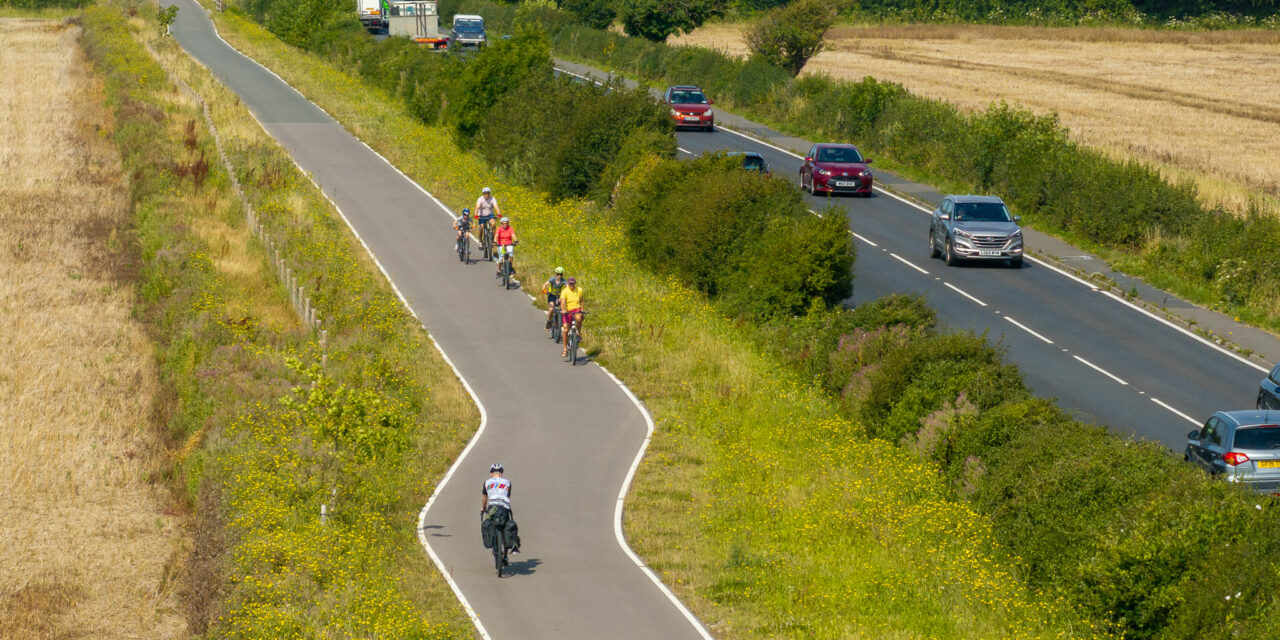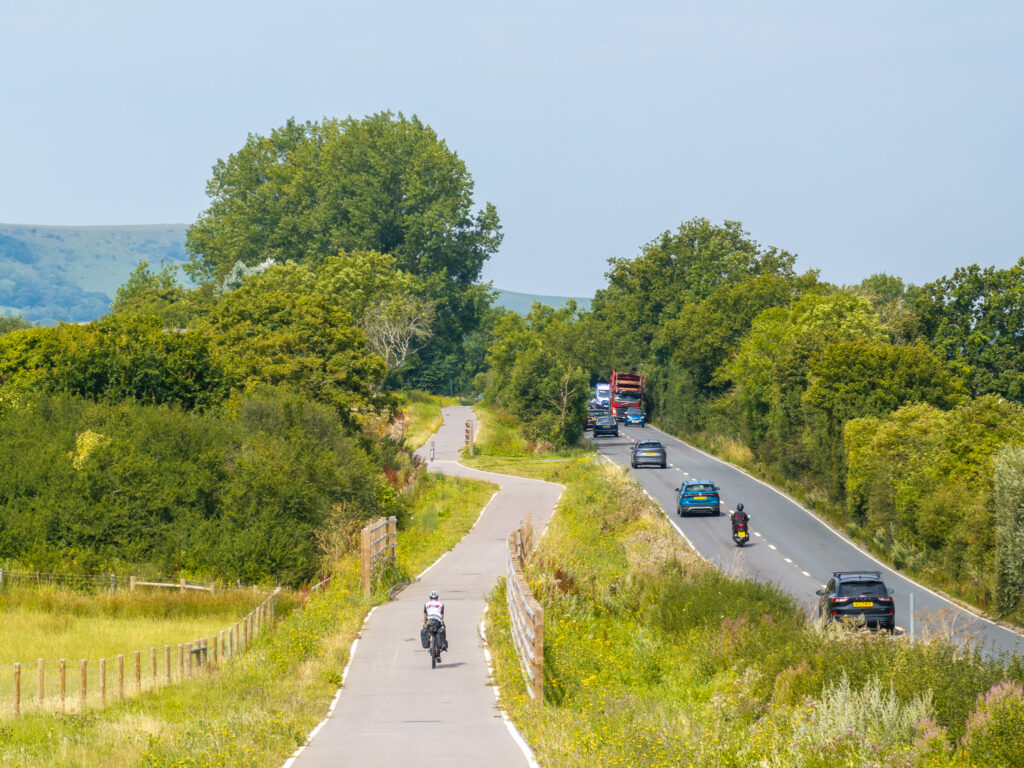
The nine mile, butter smooth Polegate-to-Lewes cycle track I mentioned on the 44th daily report from the saddle of my 4,500 bike ride around Britain’s best bits is a glorious route, super wide and wonderfully separated from the busy A27 singletrack road. The normal inclination of English highways authorities would be to dual the road and then wonder why even more motor traffic was generated.
No wonder then that in her new book Potholes and Pavements: A Bumpy Ride on Britain’s National Cycle Network Laura Laker describes the A27-adjacent track thus: “National Highways has only gone and built quite possibly the best rural cycling and walking route in the country to date, from scratch.”
Indeed. But about that £75 million in my headline. That cash wasn’t for the cycle track alone but also for widening a roundabout much used by motorists going to and from a regional zoo. The cash also paid for a new footbridge over the Cuckmere River, as well as several pedestrian crossings, miles of fencing, the planting of 3,000 trees (many trees were felled to make the track), and drainage work to help prevent flooding on the A27.
According to National Highways, the cycleway part of the East of Lewes improvement scheme cost £12 million with the roundabout and other road changes costing £60 million. A feasibility study for adding another carriageway to the A27 cost a further £3 million.
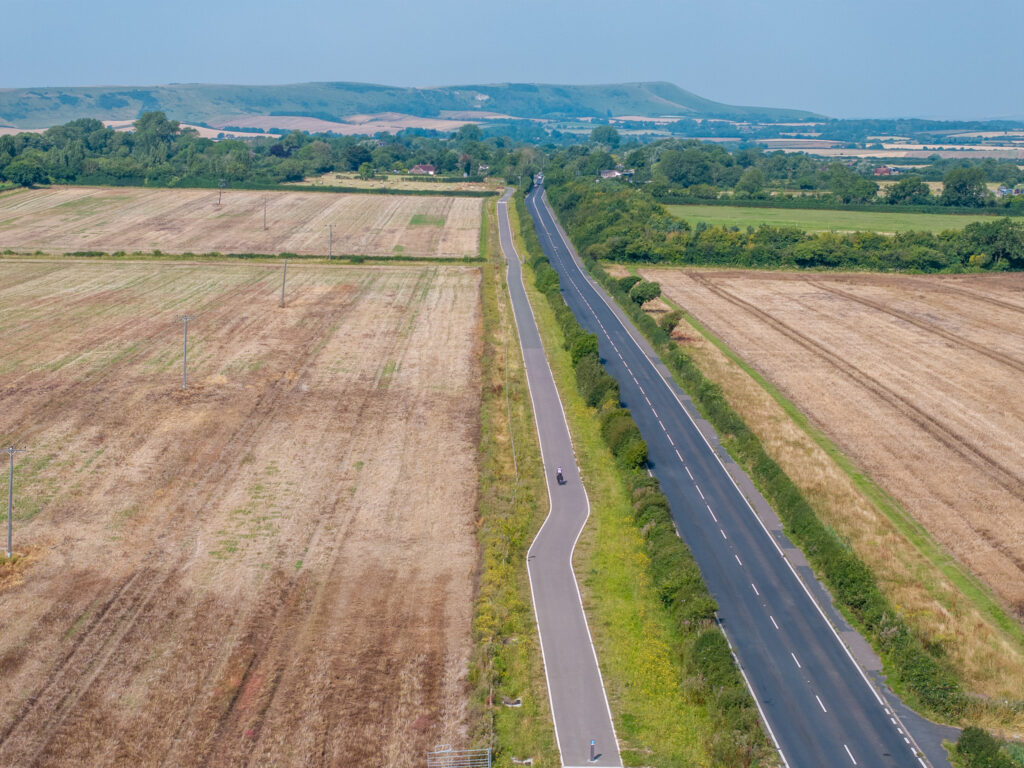
“[The cycle track] was only completed last year,” the woman who served me an espresso and a sausage roll at the Brewster’s coffee stall just off the A27 told me.
“£73 million it cost,” she volunteered, missing off £2 million.
She was very complimentary about the track.
“We do a lot more business now,” she smiled, “especially at weekends with family cyclists. [The cycle track] is very popular.”
It sure is. With family cyclists, yes, but also roadies. In fact, this cycle track shows that if you build a high-quality, wide, well-surfaced, separated cycle track that extends for some distance then every sort of cyclist will use it, and roadies won’t ride on the, er, road.
And the number of cyclists previously riding on this road was one of the principal reasons that National Highways (NH) pulled out all the stops and did a quality job.
Here’s another quote from Laura’s book: “[Cyclists] were slowing down traffic so much on the adjacent main road that NH finally provided an alternative cycle route. Using its considerable expertise and clout, NH apparently breezed through all of the usual problems that can, in other less powerful hands, tie up a cycle path for decades: it acquired field margins through Compulsory Purchase Order (CPO), just like it does for roads; it obtained the necessary permissions and funding; and then put its engineers to work.”
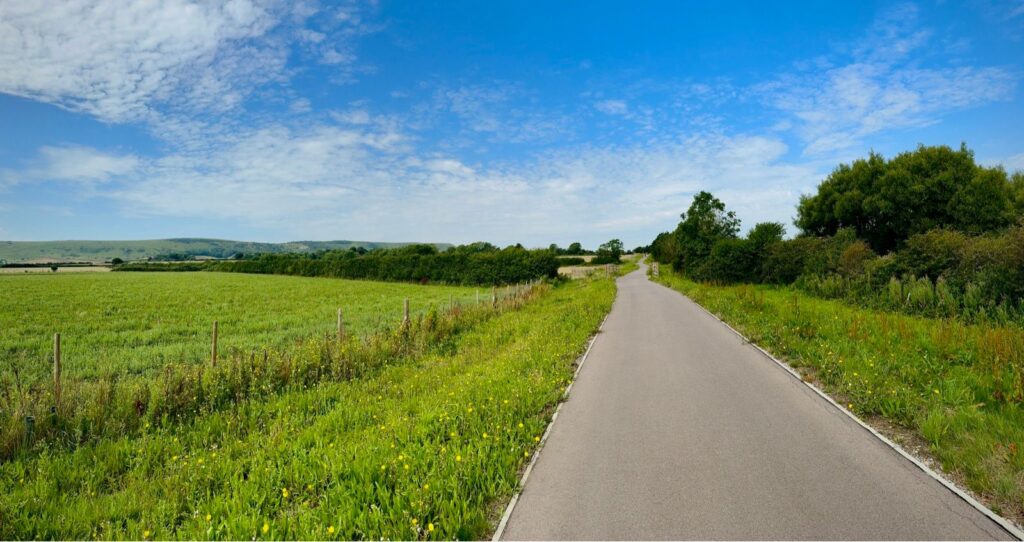
The cycle track, continues Laura, is a “billiard table-smooth, 3m wide path, with bridges and proper drainage, just like a road … This is no measly pavement path … This is a bicycle road: something that offers a genuine and rather lovely alternative to driving.”
An alternative that was busy with cyclists (and runners) today, a Wednesday. I put my drone in the air to get a birds view of the track.
My photos show that those on cycles travelling from Eastbourne to Lewes and then on to Brighton — or vice versa — now benefit from a long stretch that’s safe and pleasant to use.
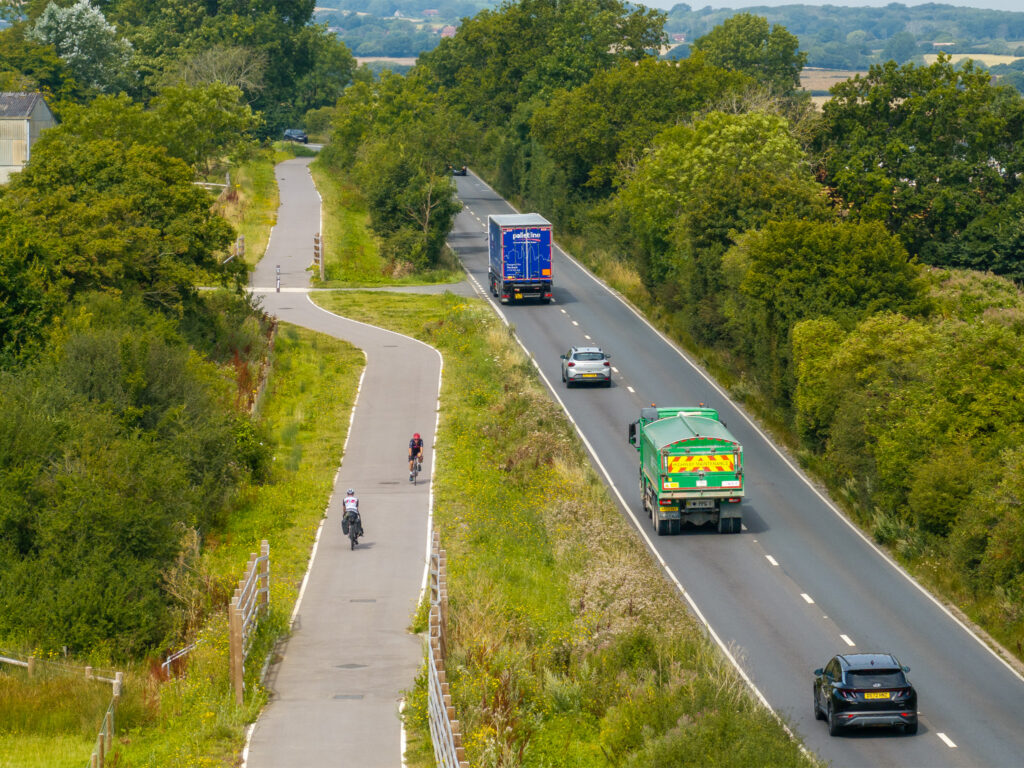
There’s one short interlude on a doglegging back road in the middle, and it’s by no means perfect through Eastbourne or Brighton, and the pedestrianised centre of Lewes introduces its own challenges, but the new-build part of the cycle track is the sort of parallel-to-the-main-road rural behind-hedges cycle infrastrucure that’s perfectly normal in the Netherlands yet still such a rarity here.
For all the ranting that National Highways should have instead either dualled the road or dualled it and added the cycle track, there’s no escaping we’re in a climate emergency and we shouldn’t be building infrastucure that facilitates, encourages and almost dictates that we drive everywhere.
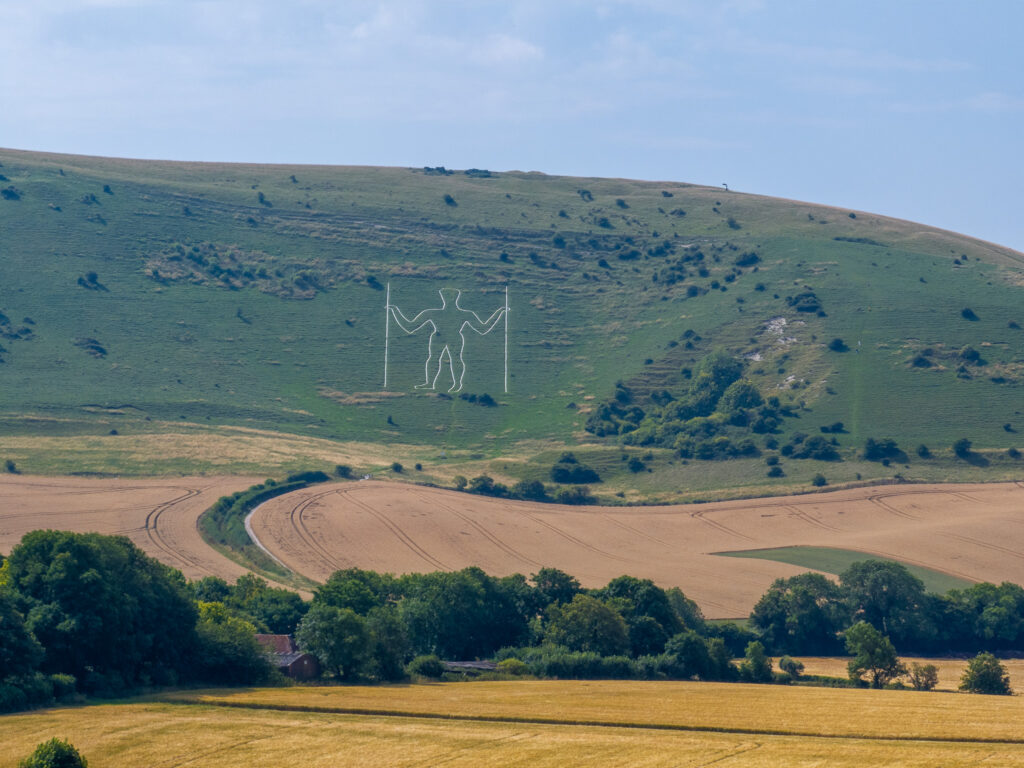
It took National Highways three years to complete the works and it will prove to be a worthwhile investment. For a start it won’t be pockmarked by potholes and require regular resurfacing — bicycles don’t damage road surfaces.
I daresay there are now daily commuters between Lewes and Eastbourne who cycle rather than drive. Nine miles is the kind of distance perfect for electric bike commuting.
National Highways has proven that such excellent infrastructure can be built in England so it’s time for many more such schemes around the country.

